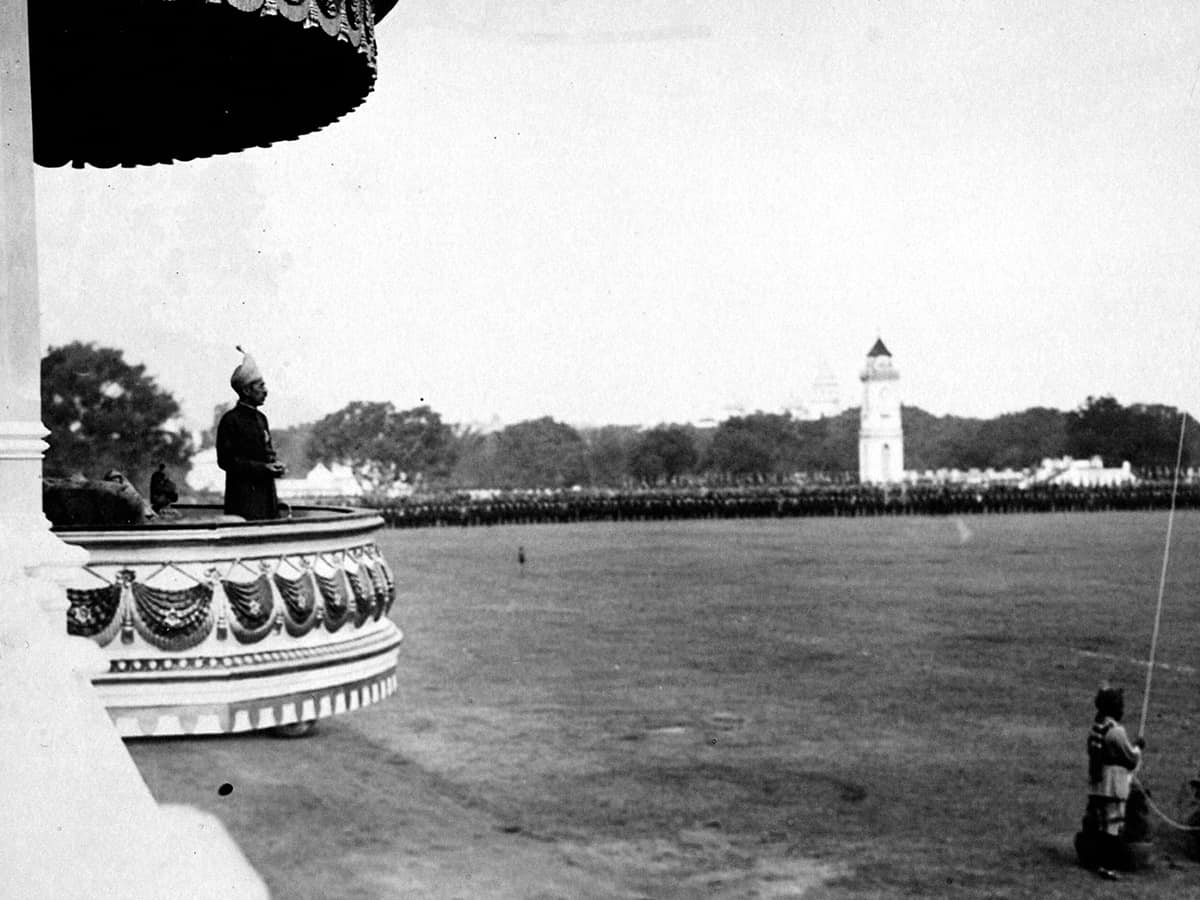
It was gratifying to receive a detailed response to my recent article on Fateh Maidan from Daneesh Majid in an age where internet related posts attract more responses on photographs and pictures rather than the written text. But I need to give a rejoinder to Daneesh Majid’s article as the central point of my argument has not received the primary focus and is getting lost in a host of subsidiary issues.
At no point in my article have I advocated the changing of the name of Fateh Maidan today. I have spoken about a time, a good over a hundred and fifty years ago. This was the time when the Fateh Maidan was put to use for a purpose. The Fateh Maidan received its name in 1687 but had no role to play until the late nineteenth century when the Nizams Mir Mahboob Ali Khan and then Mir Osman Ali Khan put it to active use. This is the context that I am talking about.
While Daneesh Majid says he hasn’t been a great admirer of the Mughals, I am of the opinion that the legacy and heritage of the Mughals is something that cannot be wiped away easily and has left its firm mark in the Indian sub-continent. The reference to Mughal heritage refers to embellished culture alone, that’s tangible enough to be seen and admired by visitors. The Fateh Maidan, just a large open ground until 1950, did not have an iota of embellishment or architectural splendour that could be admired by anyone. It was more a large piece of terrafirma until the stadium and sports complex came up much later. It was this open ground which was used by the Nizams to propagate their public culture of reaching out to people from 1853 onwards. Which means the ground remained unembellished from 1687 to 1950. But from 1853 the open ground started functioning as a venue for military parades of Mir Mahboob Ali Khan and the same was continued by Mir Osman Ali Khan.
Here we come to the point about tracing the link of the high level of cultural refinement in Hyderabad that started with the Qutb Shahis and ended with the Asaf Jahis. If the cultural remnants of the Qutb Shahis were destroyed by the Mughals and the Fateh Maidan was named as a victory ground by the Mughals signifying this fall, then why did the Nizams retain this particular name when they found it a fit venue to propagate their public culture of holding parades?
What culture needs is a democratic mandate from the public and public events communicate ideas giving legitimacy to the ruling class. Thus, the Nizams used cultural values of the Qutb Shahis to build greater legitimacy directly with the people. This is an alignment between culture, politics and people whether it was reducing the size of the Char su ka Hauz or installing clocks on all four sides of the Charminar or using the Fateh Maidan open ground for military parades or birthday celebrations, the Nizams empowered themselves by using the cultural values of the Qutb Shahis. Even so, they did not mind the name of Fateh Maidan, a name that symbolized the destruction of Haidarabad city founded by the Qutb Shahis by gaining from their predecessors unquestioning support to form the State and city of Hyderabad.
Salma Ahmed Farooqui is Professor at H.K.Sherwani Centre for Deccan Studies, Maulana Azad National Urdu University, Hyderabad. She is also India Office Director of the Association for the Study of Persianate Societies (ASPS).

